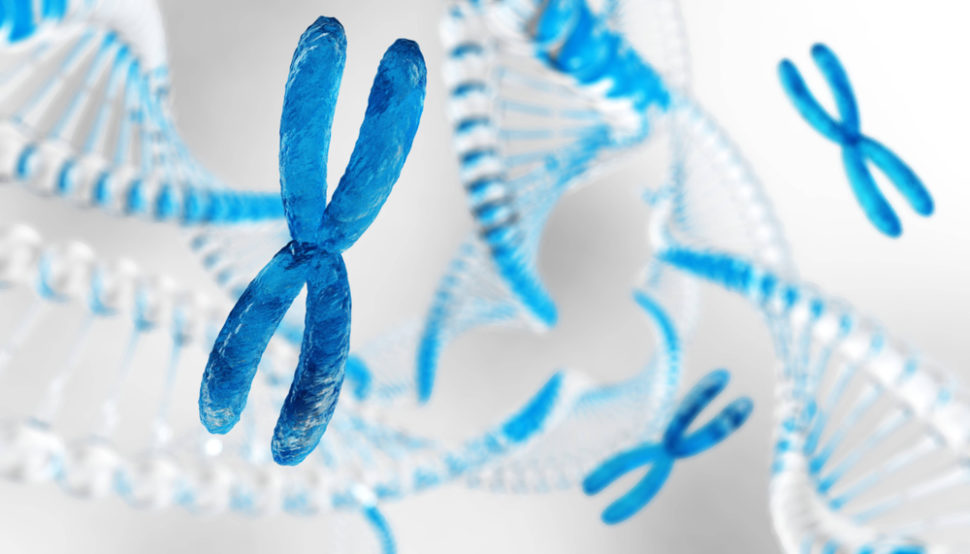For the first time after years of research on human chromosomes, scientists were finally able to map their movement.
Human chromosomes have been among the most studied elements of our body. Primarily, it is because these thread-like structures carry our DNA or the genetic code that makes up every cell in the human body.
A person essentially has 23 pairs of chromosomes packed with three billion base pairs of DNA that are wrapped as long strings around proteins. This means that each cell has about six billion base pairs of DNA.
In a new study published in the journal Nature Communications, researchers have reportedly mapped the movement of a chromosome for the first time. Using computer modeling, the researchers were able to observe how billions of DNA base pairs get impossibly compressed into an ultra-small space without getting tangled.
“Rather than the structure, we chose to look at the dynamics to figure out not only how this huge amount of genetic information is packaged, but also how the various loci move,” Dave Thirumalai, the chemistry department chair of the University of Texas, was quoted as saying.
“We learned it is not just the genetic code you have to worry about. If the timing of the movement is off, you could end up with functional aberrations.”
Thirumalai and his colleague, University of Maryland graduate student Guang Shi, observed two distinct chromosomes’ movement – chromosomes 5 and 10 – through a computer model.
Read More: U.K. Bioethics Organization says Gene Editing the DNA of Babies is OK
According to their paper, one of the chromosomes starts out looking like an unrolled ball of yarn which follows replication. Then, it slowly folded in on itself, forming chromosome droplets, which look like glassy beads strung on a necklace, before returning to its ball-like form. The said movement went on even after the chromosome reached its compact stage.
“We found that the movement of the chromosomes was sluggish, reminiscent of glass-like behavior. We believe this might have profound consequences for how the cells behave both individually and collectively. In addition, different regions of the chromosome move at different speeds,” Shi explained.
Thirumalai and Shi believe that this movement could have a significant effect on the behavior of cells. Further, it could also have health impacts since both chromosomes 5 and 10 account for a range of human ailments.
Chromosome 5 has been associated with Parkinson’s disease, leukemia, and infertility in men. Chromosome 10 is said to be responsible for the blood disease called porphyria, an aggressive form of brain cancer called glioblastoma, and a particular kind of congenital deafness.
“Gene expression, one of the most important biological functions of cells, is a dynamic process rather than a static state,” Shi went on to say.
“For every gene to be expressed in human cells, the distant regions of the chromosome must come into contact. When these dynamical processes are disrupted, cells may die due to the failure of expression of a few crucial genes or sometimes becomes a cancerous cell.”
The researchers are now planning to continue their study regarding the dynamics of the different types of chromosomes and to know if abnormal cells have their own set of dynamics.



















Comments (0)
Most Recent